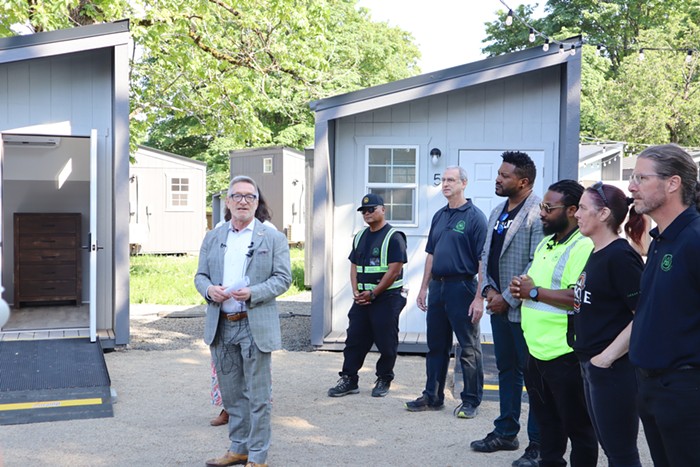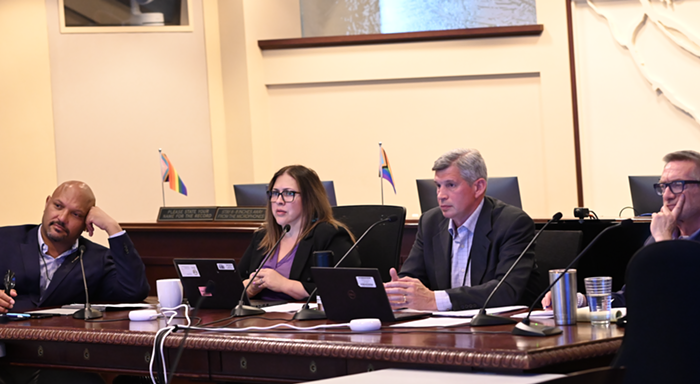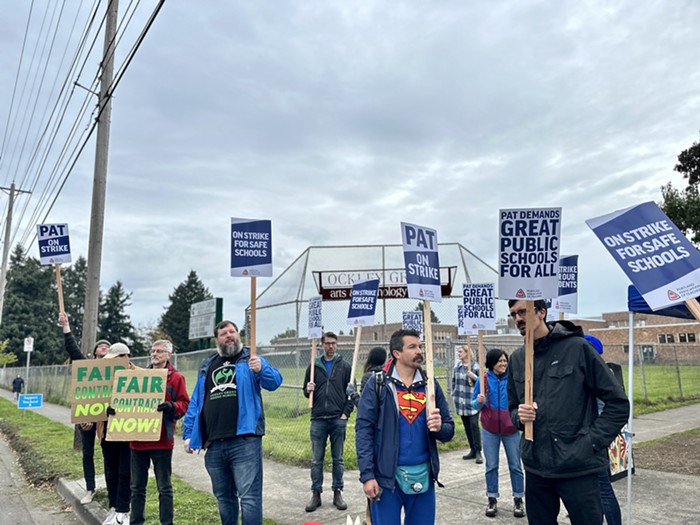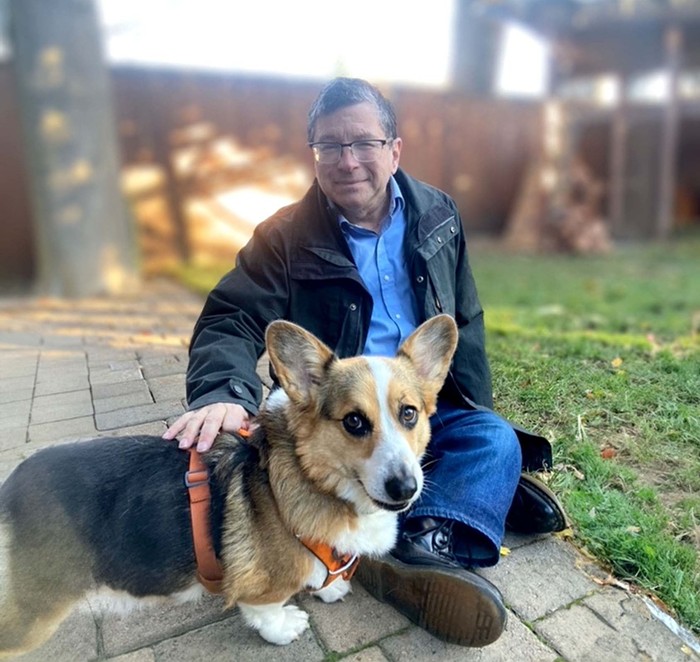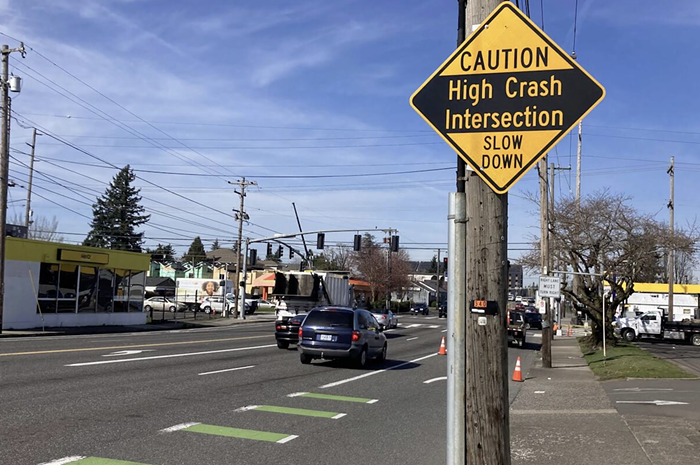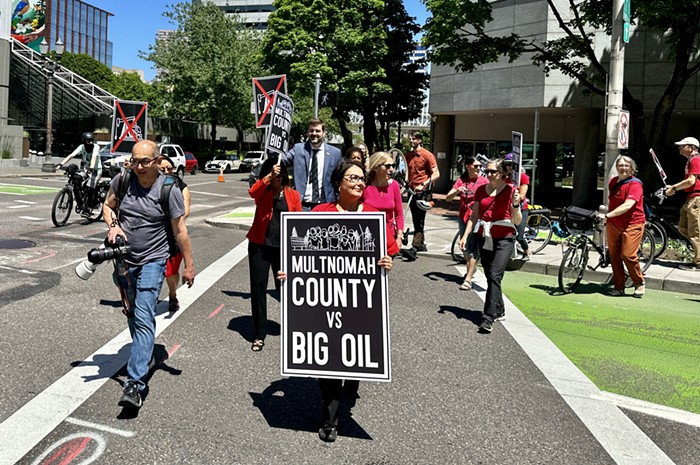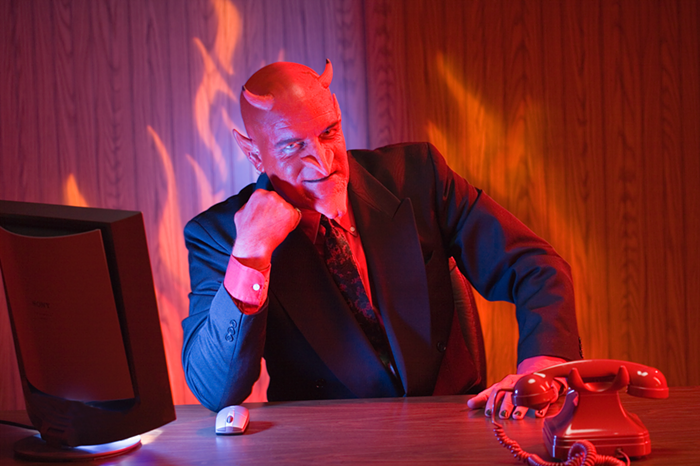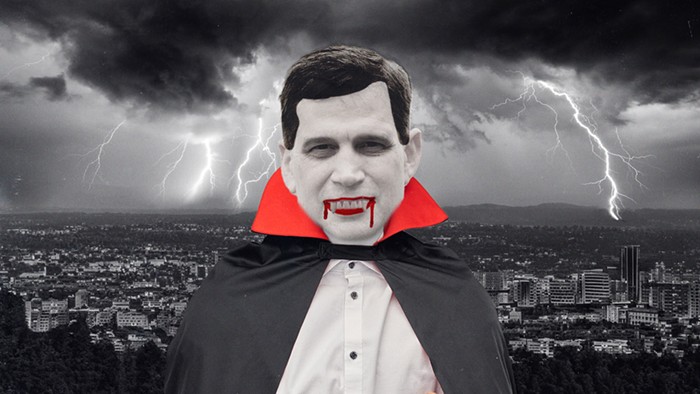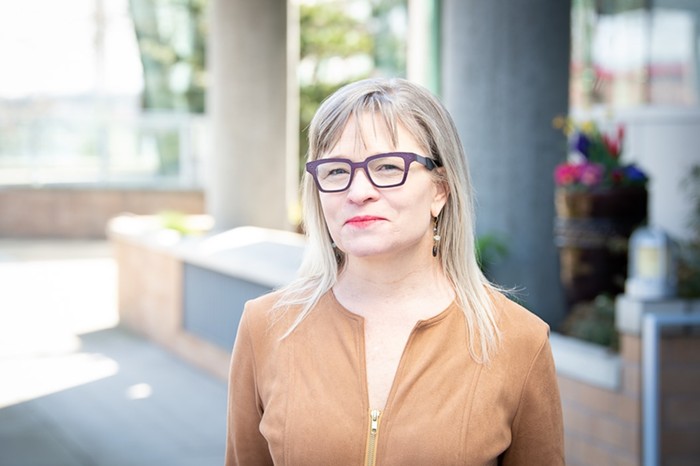ALL OF A SUDDEN, the federal government is not treating same-sex marriage as a clerical error.
In 2000, the Census Bureau changed "married" same-sex couples to "unmarried partners." In 1990, the bureau directed its number crunchers to switch the gender of one person in a "married" same-sex couple. This time around, at the direction of the Obama administration, the Census Bureau is reversing itself. When 2010 census forms begin arriving in Portlanders' mailboxes this week, it will be the first year that people who identify as part of a same-sex marriage can actually check "married," regardless of whether they're legally married or not.
"This data is the closest thing to getting a count on us that we have," says census LGBT-outreach worker Andrew McIlrath, a Eugene native who came out in his teens. "What we have now is an acknowledgement that this population exists."
McIlrath is one of 24 LGBT "partnership specialists" the Census Bureau hired nationwide this year. The federal government employs 3,000 partnership specialists across the country, but until this year they have all worked within racial and ethnic communities.
Fears about privacy and confusion about how to classify themselves has led LGBT people to not pipe up about their relationship status on the census, says Brad Jacklin of the National Gay and Lesbian Task Force. In 1990, the Census Bureau recorded 190,000 unmarried same-sex couples in the United States. After a decade of gay rights activism, that number more than tripled to 600,000 in 2000, according to Jacklin. Oregon has registered 3,327 domestic partners in the two years that partnership has been legal here.
While it's just a simple list of 10 questions, the census decides federal spending, congressional representation, and serves as a snapshot of America's changing demographics. Every Oregonian who fills out the census will net the state $1,200 in federal spending every year.
It's no surprise, then, that changing the census is a high-stakes venture. Adding a question costs the federal government upwards of $5 million and previous administrations believed the Defense of Marriage Act nixed any federal recognition of same-sex marriage, even on the census. But in June 2009, President Obama's office announced it would direct the Census Bureau to include same-sex marriage in the 2010 count.
Despite this progressive advance on same-sex marriage, this decade's count will not include a question about sexual orientation. There is also not much wiggle room for transgender Americans, who are told to mark the box of whichever gender they more closely identify with.
"We understand that it's going to take some time to get the process moving," says Jacklin, who helps run queeringthecensus.org, a long-term campaign to get a sexual orientation question onto the form.
The City of Portland is getting in on the outreach, last week unveiling two locally produced videos encouraging LGBT Portlanders to fill out the census. A series of chipper gay couples and families in the ads deliver the same cheerful message, "We count!"
"It's certainly not as much progress as I would have liked to have seen in 10 years," says Basic Rights Oregon Executive Director Jeana Frazzini, who appears in one census ad. "But I think this is progress and it's a good step forward."

